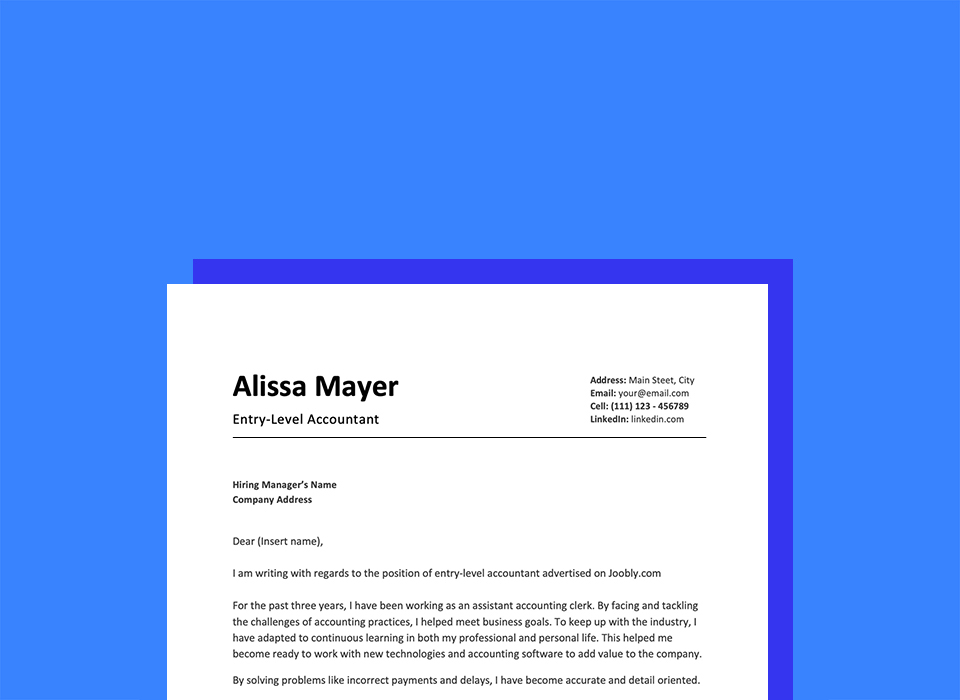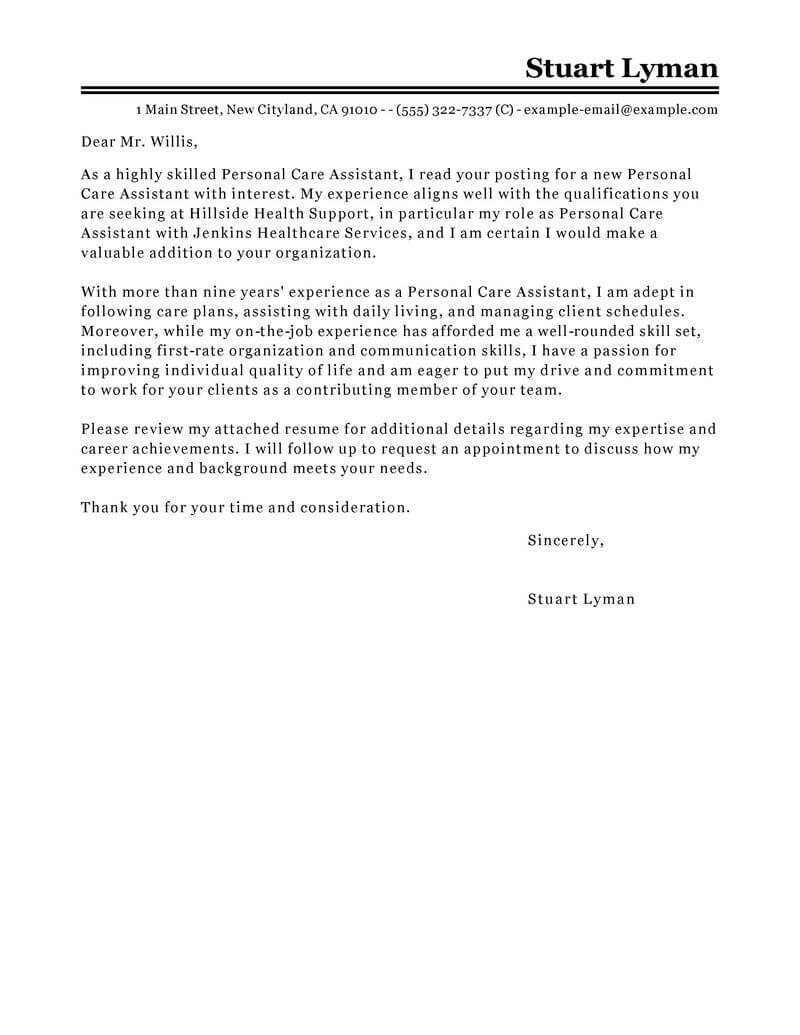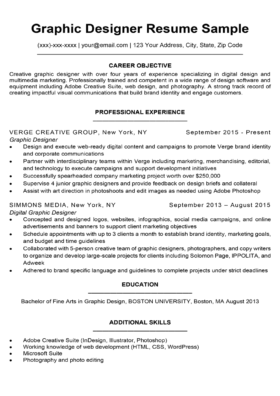How To Address A Cover Letter With Name
Large Design Awesome
However, in some cases it's better to use the hiring manager's full name. The best way to personalize your cover letter is to address the hiring manager by name.
How To Address A Cover Letter And Who Should It Be To from cdn-images.zety.com
Whatever you do, don't skip writing a cover letter just because you can't find the name of the right person. Professional designs to help you get the attention you need. Your cover letter may be the first thing the hiring manager sees so you need to make a good impression.
Once you have the name or title of the person receiving your cover letter, make sure that all of your information is accurate.
Use the person's title (dr./ms./prof./etc.); So the first thing you should do is to find out the name of the person. Here are five examples of how to address someone in a cover letter when you don't know their name. Prospective company address line 2 we start with the name of the person you are addressing the cover letter to, usually the hr manager or hiring supervisor, followed by their official title at the company. Adding titles when addressing a cover letter it is acceptable to use a title and the recipient's surname when addressing a cover letter. Do not create a generic letter address if you have not used the following tips to find a name: Small things like the cover letter salutation can make a big difference. Do this for the names on the cc list. Use the person's title (dr./ms./prof./etc.); Look in the job ad for the contact person. It's best to be as specific as possible to show your interest. Always try to discover the name of the hiring manager, but— to address a cover letter without a name, use a variation of, 'dear xyz team hiring manager. or if the addressee is completely unknown, use 'dear hiring manager'. When using a name, you can use a personal title such as ms. You could write dear mr nelson instead of dear chris nelson. you might do this if you do not know your recipient's first name. The best way to personalize your cover letter is to address the hiring manager by name. Before you place each letter in an envelope, place a small check mark in front of the name of the person to whom you are sending it. Go general if your research doesn't reveal a specific name, the next best option is to address your letter to the general hiring team. very rarely are hiring decisions made by one person, so addressing the hiring team, rather than the more specific hiring manager, ensures that you cover your bases. Tell them you're applying for job title and want to address your cover letter to the right person. Other information that is usually included in the description, is the person who created the job posting. Address your letter to dear hiring manager. this works as a last resort, as will the salutation dear hiring team. reserve these greetings for when you have no idea who the recipient of the letter will be. Most staff email addresses include the person's name or parts of their name. Whenever possible, address your letter to a specific individual, usually the person in charge of interviewing and hiring. If you still aren't completely certain of who the hiring manager is, use the name of the closest applicable person as you address the cover letter. However, in some cases it's better to use the hiring manager's full name. Knowing the hiring manager's name is the best tip for addressing a cover letter. Check with your network for someone who might know the person's name or search the appropriate professional networking sites. The two best ways to address a cover letter a basic cover letter salutation (or greeting) begins with dear followed by the hiring manager's title and last name. Here are some tips about addressing a cover letter: Write the date below the heading. Address your cover letter to the hiring manager, even if the letter will go through a recruiter. Contact the company by phone or email.
Source: cdn-images.zety.com
Tell them you're applying for job title and want to address your cover letter to the right person.
Source: resumecompanion.com
Small things like the cover letter salutation can make a big difference.
Source: images.ctfassets.net
However, the challenge comes in if the name does not specify the gender.
Source: www.wikihow.com
Prospective company address line 2 we start with the name of the person you are addressing the cover letter to, usually the hr manager or hiring supervisor, followed by their official title at the company.
Source: cdn-images.zety.com
It is very common in the current world for people to have names that are believed to be of the opposite gender.
Source: www.jwilliamsstaffing.com
Always try to discover the name of the hiring manager, but— to address a cover letter without a name, use a variation of, 'dear xyz team hiring manager. or if the addressee is completely unknown, use 'dear hiring manager'.
Source: www.wordtemplatesonline.net
Write the address of the company.
Source: www.resumeway.com
Small things like the cover letter salutation can make a big difference.
Source: www.rezrunner.com
This is followed by the date, a single space and the recipient's contact information, including name,.
Source: i.pinimg.com
Do this for the names on the cc list.
Source: i.stack.imgur.com
This could be someone in a senior hr position or even the head of the department you're applying to.
Source: i.pinimg.com
Try to find the name in the job posting.
Source: i.pinimg.com
Use a formal full name salutation unless you know for sure that the culture of the company is more casual, use the hiring manager's first and last name, including a mr. or ms. (e.g., mr.
Source: www.wikihow.com
The top should have the applicant's contact information, which can be on a personal letterhead.
Source: resumegenius.com
How to find out who to address a cover letter to.




